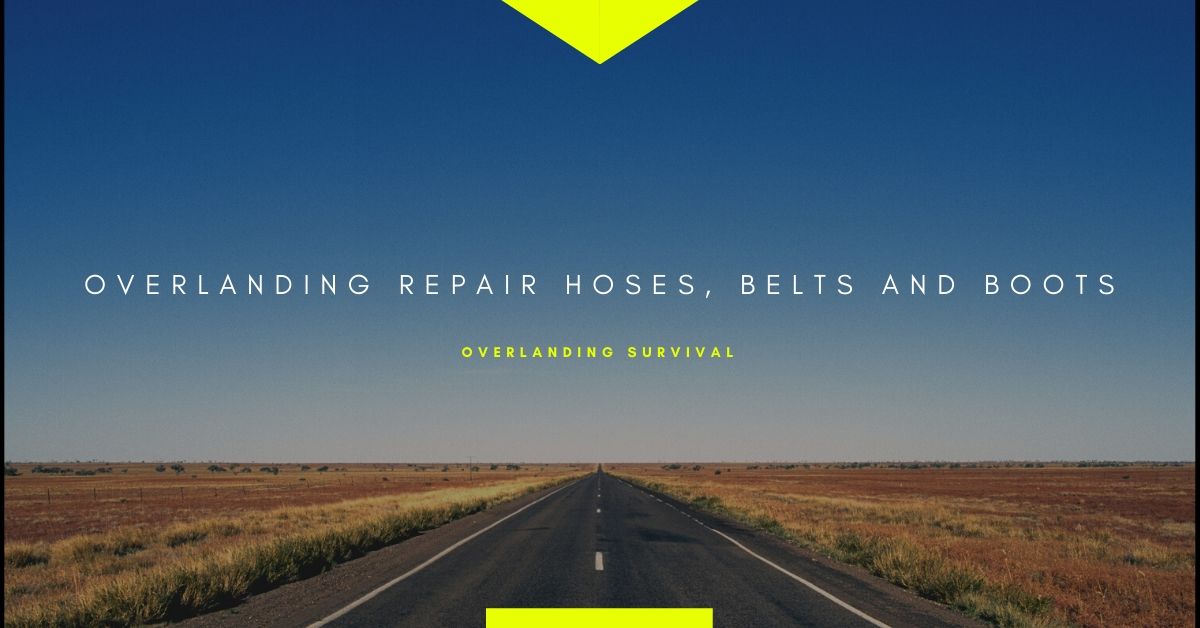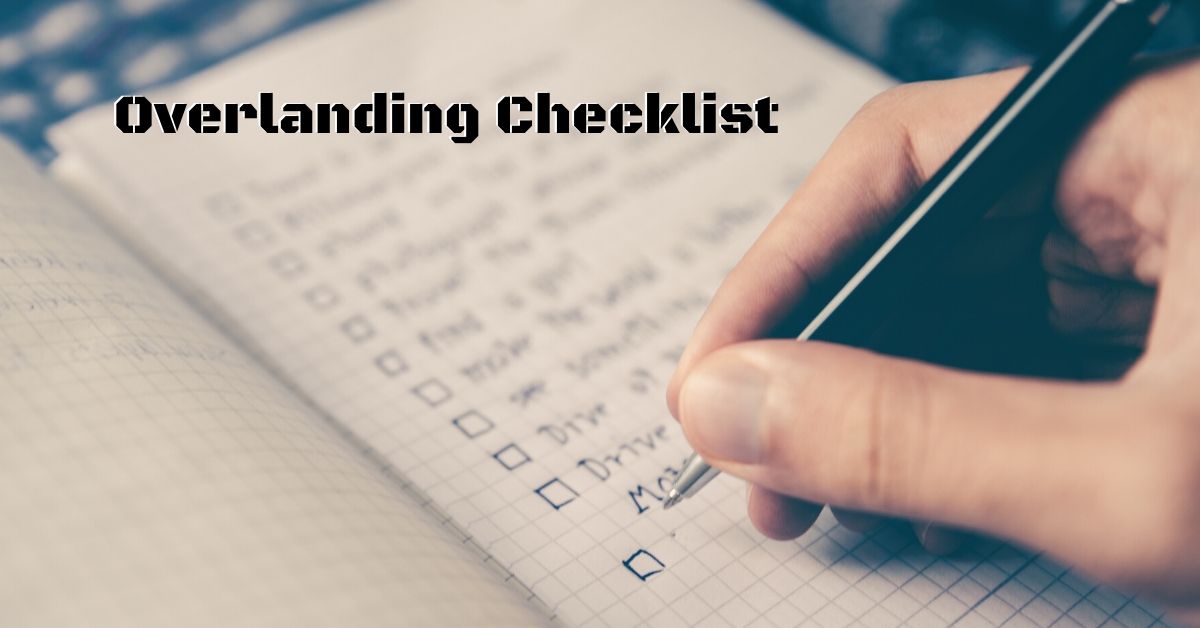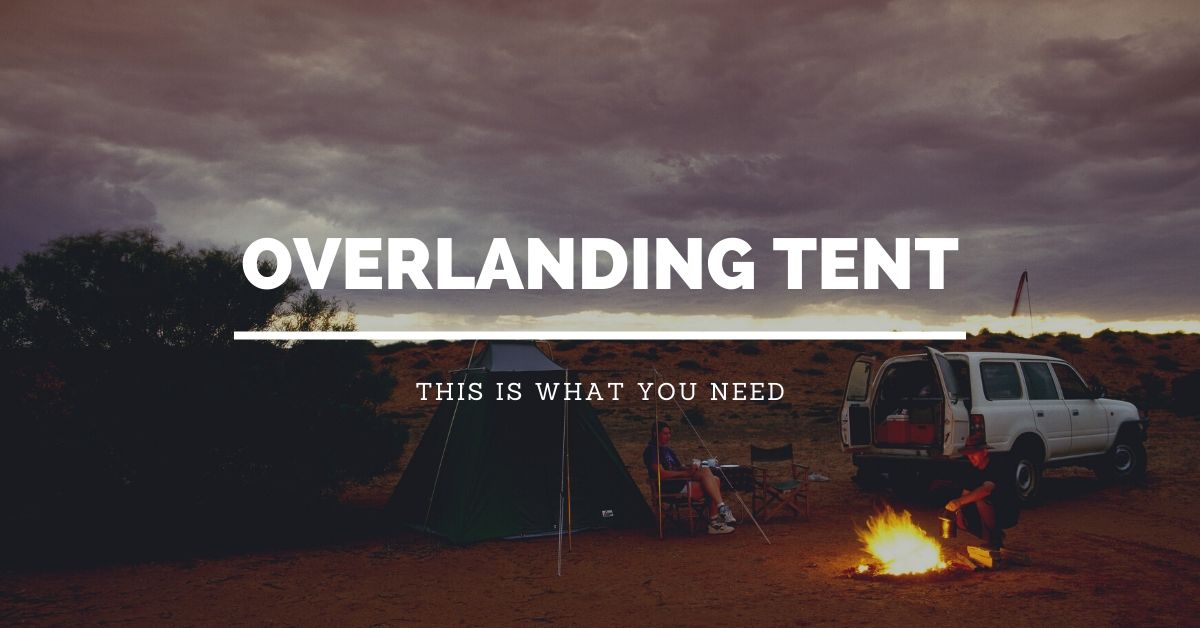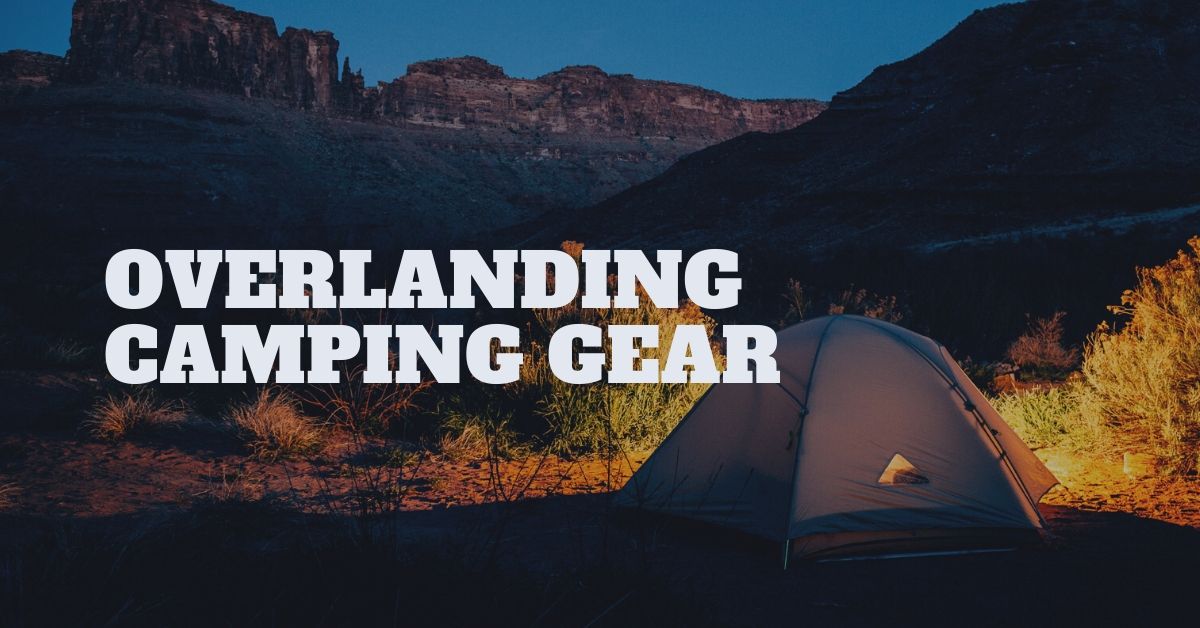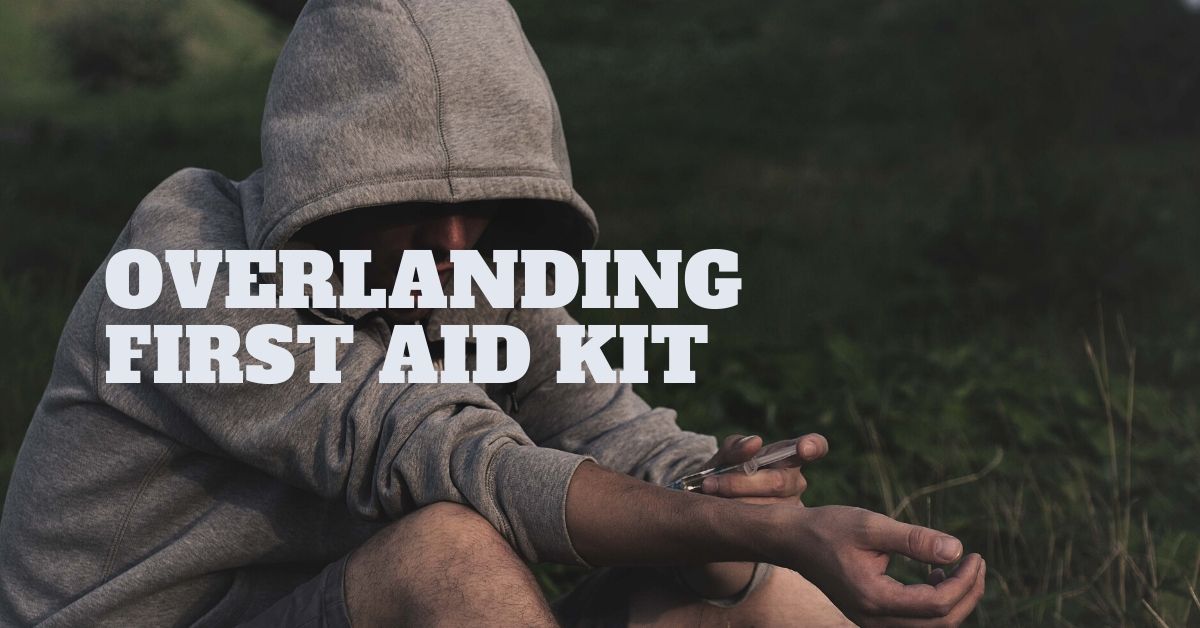You can think of the overlanding vehicle somewhat as you can the human body. It runs on fuel, requires liquids, much of it is controlled electronically, and it’s made up of both hard and soft parts. And it’s these soft parts under discussion here. You can think of the soft parts as flexible non-metal components that can and do wear out, rupture, snap, rip, tear, stretch, and melt. Of all the soft parts, the three main or basic ones to actually worry about when overlanding include belts, hoses, lines and boots. In your overlanding repair kit, you can carry both replacements and repairs.

A Belt Breaks, Now What?
Here’s some perspective. If you are truly overlanding, you spend time away from civilization. So if you were home and a fan belt broke or radiator hose ruptured, would you jerry-rig a fix and then go off-roading? No, you would fix it right with the correct parts without ever driving it if possible. But now imagine you are overlanding through the backroads and offroads of nowhere and a belt snaps. You rig up a duct tape and chewing gum solution, and now all you have to do is drive a hundred miles over challenging terrain with a fully loaded vehicle in order to arrive at the local gas station where you can order your particular engine belt, wait three days, and pay way more than if you had just ordered it before your trip. So while there are stories of successful fixes using paracord, pantyhose and innertubes, just go to your local auto parts store today and ask for the belts and hoses for your particular make and model of overlanding vehicle. And get the good stuff, but don’t be surprised if it’s a hundred bucks or more. And if your current belts or hoses show wear or age, swap them out right now and keep the used ones as the spares. It’s a win-win.
Belts, Hoses, & Clamps
In the replacement category, the main considerations include all engine belts which are usually just one or two circular belts and can be purchased easily right now at an auto parts store. Engine hoses are also easy to purchase right now. While you can get generic length hose of a certain diameter, it’s highly recommended to purchase the exact fitted hose that is pre-shaped for your specific engine. You can also get bulk hose if you want to cover both bases. A ruptured hose rarely happens under good conditions and trying to get a generic hose into a modern engine can be maddening especially if you have to cut it and only have one chance to do it right. And don’t forget extra hose clamps. And speaking of hose clamps, similar designs but different lengths may be combined to create a single larger hose clamp.

In addition to actual shaped replacement hoses there is generic hose material that can be bought in various non-specific lengths and then fitted and cut to your needed size. While this does sound great, in practice most coolant hoses do not take kindly to being bent and twisted around other engine parts.There are also heat and pressure resistant silicone repair tapes designed specifically for repairing high pressure engine hoses. While not perfect, it can certainly un-ruin your day for a while because it will work. Mostly.

The belt or belts connecting various components of an engine run from essential to accessory. Many modern engines use one long belt that connects everything in a triangle, diamond, or pentagon shape and there is no substitute. While a creative fix has been known to get a vehicle limping home, an extra main engine belt is as important to carry as extra fuel. If you need it, you really need it and your vehicle is dead until rebelted. Sure, there are emergency belts for sale, and one-size-fits-all. Of course it does. But with all the effort you put into your trip, and the fact that at some point you will use the belt, it makes no sense not to carry an extra. The so-called emergency belts, at best, are only for getting you from the grocery store parking lot to your mechanic or auto parts store. And that’s while driving slow and watching your gauges. Even worse, most newer engines do not have the deep pulley wheels of your father’s Oldsmobile. Instead they have near-flat troughs often full of teeth that will shred anything not designed to fit in the grooves.

Boots are rubber-like coverings over joints and moving parts that are especially susceptible to wear or damage when dirty or wet. The most common boots of concern are those covering the CV joints mostly on the front wheels. The boots protect the angled metal U-joints from excessive wear over time by exposure to dirt and sand. They usually last quite a while, and are replaced when the CV joints or axles are removed. While a torn or missing boot is not a trip-killer, it is something that festers and can take down your trip if it’s been missing or ruptured for a while.

There are some boot fixing or replacement kits that allow the boot to be installed or repaired without removing any other parts like the axle, but they should be considered more of a short-term fix if you take your overlanding seriously. Generally joint damage from a faulty boot takes place over thousands of miles, not hundreds, but keep an eye on them just in case.

And as with all aspects of overlanding, explore the repairs under sunny skies while safe at home. Remove and reinstall your belts to familiarize yourself with the location of tension pulleys and set bolts. Some belts twist, some require threading over, under, and around other parts, and some are just a royal pain. Repair tools usually include a socket with extension, a screwdriver, and a pry bar. Oh, and a bright light since belts break just as easily in the dark.
Notice where and how your hoses are attached. Pulling a hose for fun may dump fluid, so at a minimum just notice how the hose is held on, and if you can safely operate the hose clamp. If possible, take some pictures before you take things apart. Oddly, some clamps have very sharp edges, and some spring loaded clips require a contradictory pair of fairly small pliers with a rather large jaw opening which is something most multitools do not have. And for boots? Just crawl around under your overlanding vehicle and inspect flexible parts with a bright light. Just watch out for dirt falling down into your eyeballs as you poke and prod.
